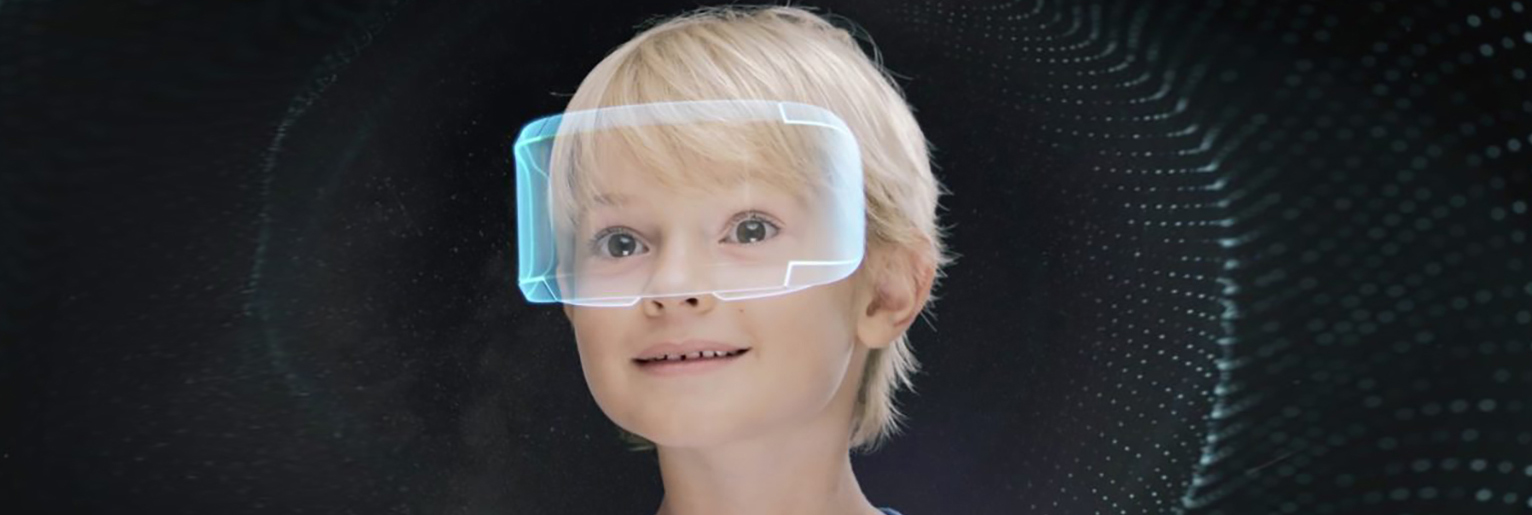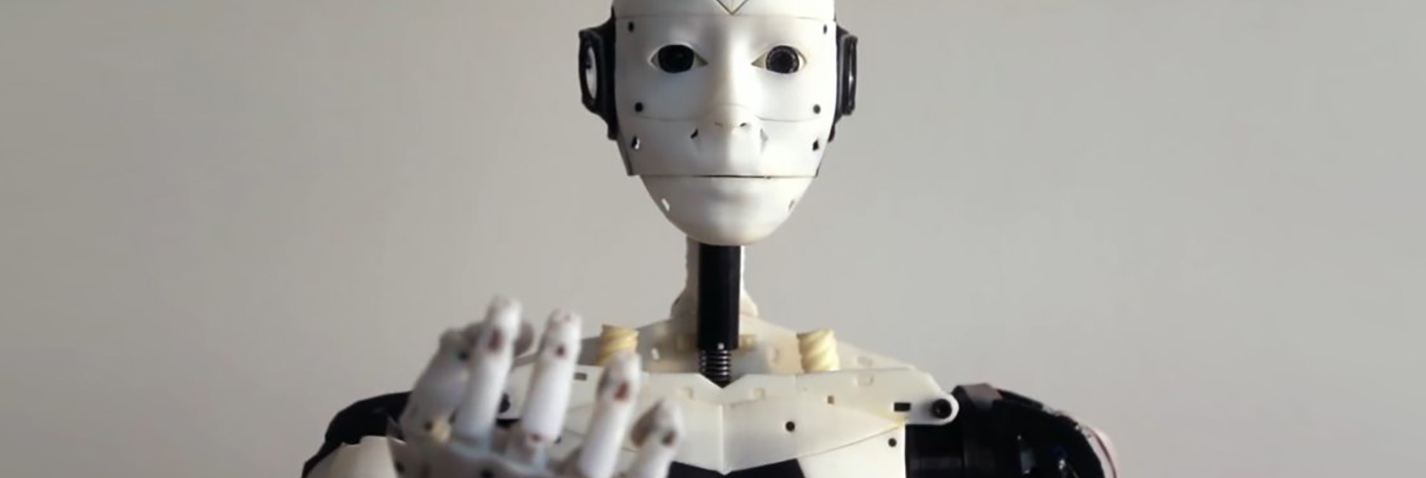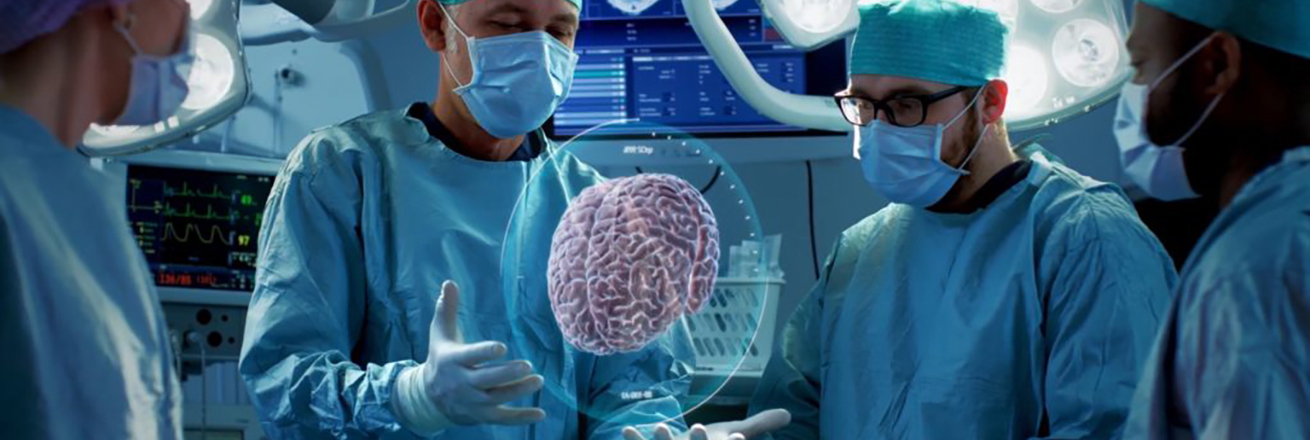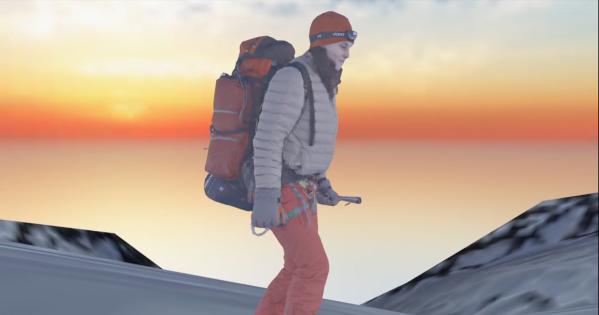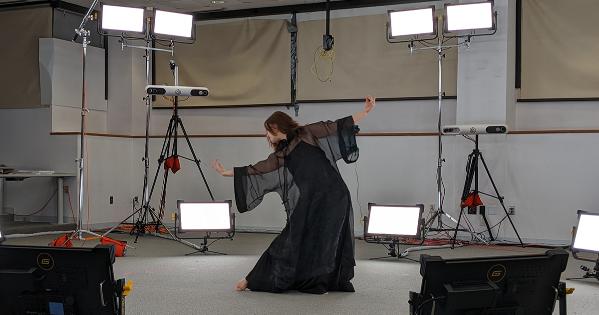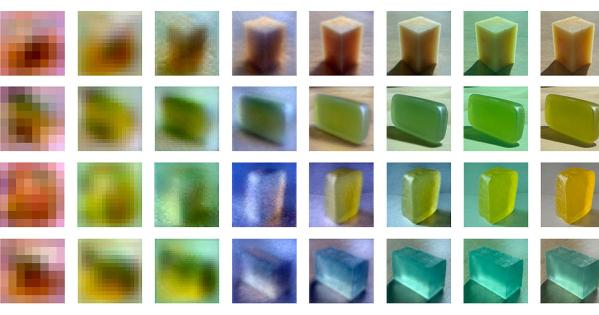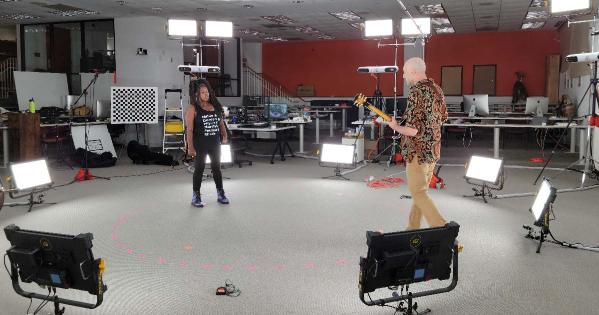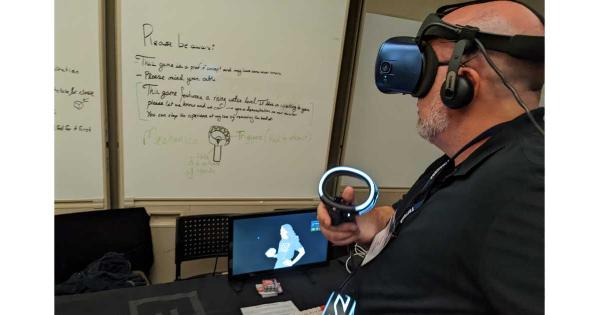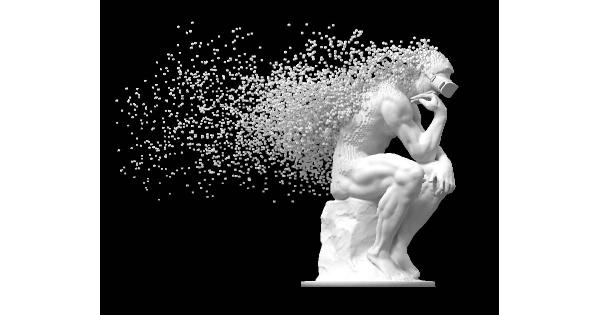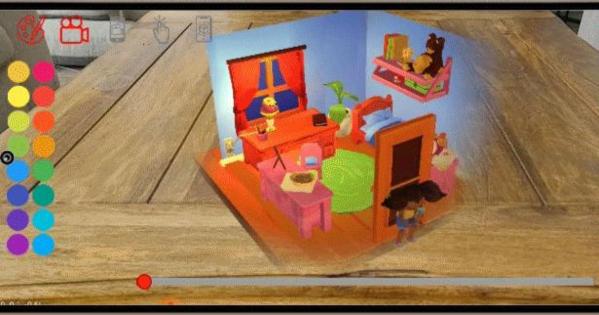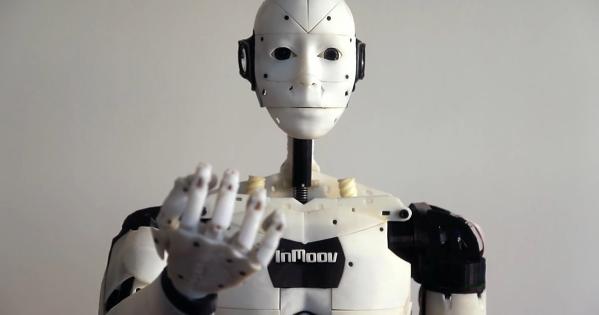Immersive Competition at Cannes

Krzysztof Pietroszek witnessed the amazing Immersive Competition at this year’s Cannes Festival. Among the standout pieces were “En Amour” and “Human Violins,” both of which captivated audiences with their striking narratives and emotional depth. En amour (2024) is an immersive and interactive experience, at the crossroads of the performing arts, performance art and visual arts. This installation offers the chance to experience a symbolic metamorphosis around the themes of love, separation and transformation. Its narrative is rooted in an intimate story, made universal, to share a journey of sensations, emotions, shapes, colors, sounds and words that will awaken, and strengthen our love. HUMAN VIOLINS – PRELUDE is a visually striking interactive world evoking the power of transformative music in the darkest of times. Inspired by a heartbreaking real fact: during the Holocaust, many Jews were allowed to choose only one object before being brought to the camps and some chose their violin. We follow the fictionalized story of Alma (15), a young violin lover inhabiting a world of terror. Through music, she can liberate herself. You are offered the chance to take her legacy further.
Professor Pietroszek also praised the opening night’s French comedy, “The Second Act,” which revolves around the making of the first AI-directed movie. Overall, the high quality and artistic excellence of the entries in this year’s Immersive Competition reflect a significant advancement in the field, promising exciting future developments.

